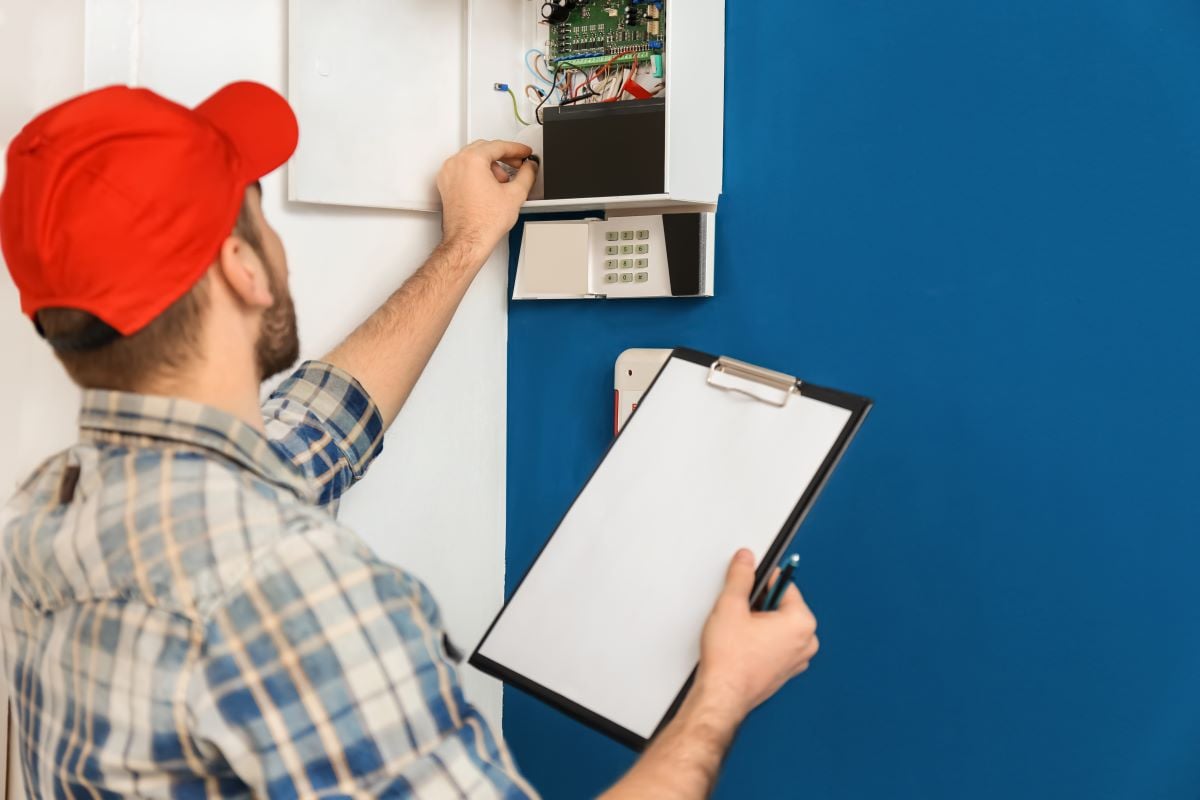
Fire alarm systems stand as silent guardians, ready to spring into action when the need arises. However, the key to their unwavering reliability is a commitment to routine testing and maintenance. In this exploration, we delve into the critical role that regular upkeep plays in ensuring the effectiveness of fire alarm systems, turning them from passive protectors into proactive sentinels.
- The Lifecycle of Vigilance: Understanding Routine Testing and Maintenance
Fire alarm systems are not static entities but dynamic components of a building's safety infrastructure. Routine testing and maintenance constitute the lifecycle of vigilance, ensuring that the system remains in optimal condition throughout its operational life.
- Routine Testing: Scheduled tests assess the functionality of individual components, including detectors, alarms, and control panels. These tests simulate various scenarios to verify that the system responds appropriately to potential fire conditions.
- Preventive Maintenance: Beyond testing, preventive maintenance involves proactive measures to identify and address potential issues before they escalate. It includes visual inspections, cleaning of components, and the replacement of any worn or damaged parts.
- Frequency Matters: Establishing a Testing Schedule
The effectiveness of routine testing and maintenance lies in consistency. Establishing a testing schedule ensures that all components are systematically assessed and any issues are promptly addressed.
- NFPA Guidelines: The National Fire Protection Association (NFPA) provides guidelines for the frequency of testing and maintenance. NFPA 72, the National Fire Alarm and Signaling Code, recommends testing intervals based on the type of equipment and environmental conditions.
- Monthly Testing: Conduct simple tests, such as pushing the manual pull stations and checking visible and audible alarms, every month to help identify any immediate issues. This regular check ensures that the basic functionalities are intact.
- Quarterly and Annual Inspections: More comprehensive inspections, including functional tests of detectors and control panels, should be conducted quarterly and annually. These inspections delve into the system's intricacies and verify its readiness for any emergency.
- Functional Tests: Simulating Real-World Scenarios
Routine testing involves more than just pressing buttons and checking lights; it requires simulating real-world scenarios to assess the system's responsiveness to various conditions.
- Smoke Detector Testing: Utilize smoke detector testing equipment to introduce simulated smoke and verify that the detectors initiate alarms promptly. This testing ensures that the system can detect fires in their early stages.
- Audible and Visible Alarms: Activate alarms to assess their audibility and visibility in different areas of the building. Ensuring that alarms are perceptible in various conditions is essential for alerting occupants during an emergency.
- Communication Tests: For systems with voice evacuation capabilities, conduct communication tests to verify that voice messages are clear and audible. Communication is crucial during emergency evacuations, and these tests ensure that instructions are conveyed effectively.
- Preventive Maintenance: Preserving Peak Performance
Preventive maintenance is the proactive side of routine care, focusing on preserving the peak performance of the fire alarm system. This involves a series of meticulous tasks to identify and address potential issues before they impact the system's functionality.
- Visual Inspections: Regularly inspect all components, looking for signs of wear, damage, or environmental factors affecting performance. Check for loose connections, corrosion, or any obstructions that might impede the system's operation.
- Cleaning and Calibration: Clean detectors and sensors to remove dust and debris that can hinder their effectiveness. Calibration of sensors ensures accurate detection, preventing false alarms or, conversely, promptly identifying actual threats.
- Battery Checks: Verify the condition of backup power sources, typically batteries. Batteries should be replaced regularly to ensure the system remains operational during power outages.
- Documentation: A Trail of Diligence and Compliance
Documentation is the unsung hero of routine testing and maintenance. A comprehensive record of all testing and maintenance activities serves as a trail of diligence, demonstrating compliance with industry standards and regulations.
- Testing Logs: Maintain detailed testing logs that document each testing session, including the date, specific tests conducted, and any observations or actions taken. These logs provide an overview of the system's history and performance.
- Maintenance Records: Keep records of all preventive maintenance activities, noting any repairs or replacements performed. These records are invaluable for identifying patterns, planning for component replacements, and demonstrating compliance during inspections.
- NFPA Inspection and Testing Forms: Many jurisdictions require specific inspection and testing forms based on NFPA guidelines. Accurately and consistently completing these forms ensures alignment with industry standards and facilitates communication with regulatory authorities.
- Professional Assistance: Expertise for In-Depth Evaluations
While routine testing and preventive maintenance can be conducted by on-site personnel, there are instances where professional assistance becomes crucial.
- Comprehensive Inspections: Engage certified professionals for comprehensive inspections, especially during annual assessments. These professionals can conduct in-depth evaluations of the entire system, identifying potential issues that may go unnoticed during routine testing.
- Code Compliance Checks: Professionals can ensure that the fire alarm system consistently complies with the latest codes and regulations. Staying abreast of code changes is challenging for non-experts, making professional assistance invaluable.
- Upgrades and Modernization: Certified technicians are equipped to recommend upgrades or modernization efforts to enhance the system's capabilities. As technology evolves, these experts can guide building owners in making informed decisions about system improvements.
A Continual Commitment to Safety
Routine testing and maintenance are not mere obligations but a continual commitment to safety. In the realm of fire alarm systems, this commitment translates into readiness – readiness to respond swiftly to the first signs of danger, to protect lives and property, and to uphold the role of silent guardians. To get on the schedule for routine testing and maintenance at the hands of a professional, contact Koorsen Fire & Security today!


